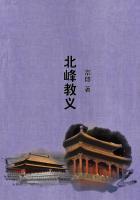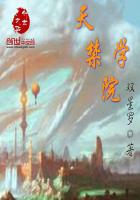The Navaho And Hopi Blanket Weavers What a marvelous art is that of weaving, and how much the human race of today owes to the patient endeavors of the "little brown woman" of the past for the perfection to which she brought this,--one of the most primitive of the arts.
Blanketry was a necessary outcome of basketry. The use of flexible twigs for baskets readily suggested the use of pliable fibres for textiles; and there is little question that almost simultaneously with the first rude baskets the first textile fabrics made their appearance.
Whence the art had its origin we do not know. But it is a matter of record that in this country, three hundred and fifty years ago, when the Spanish first came into what is now United States territory, they found the art of weaving in a well advanced stage among the domestic and sedentary Pueblo Indians, and the wild and nomadic Navahos. Scientists who have given the question careful study, hold that the cotton of these blankets was grown by these Arizona Indians from time immemorial, and they also used the tough fibres of the yucca and agave leaves and the hairs of various wild animals, either separately or with the cotton. Their processes of weaving were exactly the same then as they are today, there being but slight difference between the methods followed before the advent of the whites and afterward.
Hence, in a study of the Indian blanket, as it is made today, we are approximately nearly to the pure aboriginal method of pre-Columbian times.
Archeologists and ethnologists generally assume that the art of weaving on the loom was learned by the Navahos from their Pueblo neighbors. All the facts in the case seem to bear out this supposition. Yet, as is well known, the Navahos are a part of the great Athabascan family, which has scattered, by separate migrations, from Alaska into California, Arizona and New Mexico. Many of the Alaskans are good weavers, and according to Navaho traditions, their ancestors, when they came into the country, wore blankets that were made of cedar bark and yucca fibre. Even in the Alaska (Thlinket)blankets, made today of the wool of the white mountain goat, cedar bark is twisted in with the wool of the warp. Why, then, should not the Navaho woman have brought the art of weaving, possibly in a very primitive stage, from her original Alaskan home? That her art, however, has been improved by her contact with the Pueblo and other Indians, there can be no question, and, if she had a crude loom, it was speedily replaced by the one so long used by the Pueblo. Where the Pueblo weaver gained her loom we do not know, whether from the tribes of the South or by her own invention. But in all practical ways the primitive loom was as complete and perfect at the time of the Spanish conquest as it is today.
Any loom, to be complete, must possess certain qualifications. As Dr. Mason has well said: "In any style of mechanical weaving, however ****** or complex, even in darning, the following operations are performed: First, raising and lowering alternately different sets of warp filaments to form the 'sheds'; second, throwing the shuttle, or performing some operation that amounts to the same thing; third, after inserting the weft thread, driving it home, and adjusting it by means of the batten, be it the needle, the finger, the shuttle or a separate device."Indian looms are made of four poles cut from trees that line the nearest stream or grow in the mountain forests. Two of these poles are forked for uprights, and the cross beams are lashed to them above and below. Sometimes the lower beam is dispensed with and wooden pegs driven into the earth instead. The warp is then arranged on beams lashed to the top and bottom of the frame by means of a rawhide or horse-hair riata. Our Western word lariat is merely a corruption of lariata. Thus the warp is made tight and is ready for the nimble fingers of the weaver. Her shuttles are pieces of smooth, round sticks upon the ends of which she winds yarn. Small balls of yarn are frequently made to serve this purpose. By her side is a crude wooden comb with which she strikes a few stitches into place. When she wishes to wedge the yarn for a complete row--from side to side--she uses a flat broad stick, one edge of which is sharpened almost to knife-like keenness. This is called the "batten." With the design in her brain her busy and skilful fingers produce the pattern as she desires it, there being no sketch from which she may copy. In weaving a blanket of intricate pattern and many colors the weaver finds it easier to open the few warp threads needed with her fingers and then thrust between them the small balls of yarn, rather than bother with a shuttle, no matter how ******.

